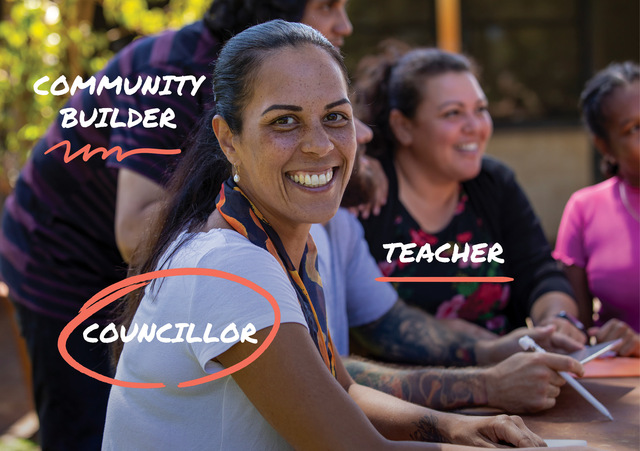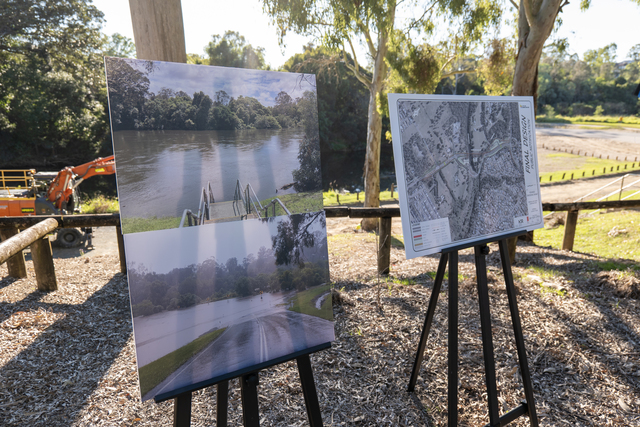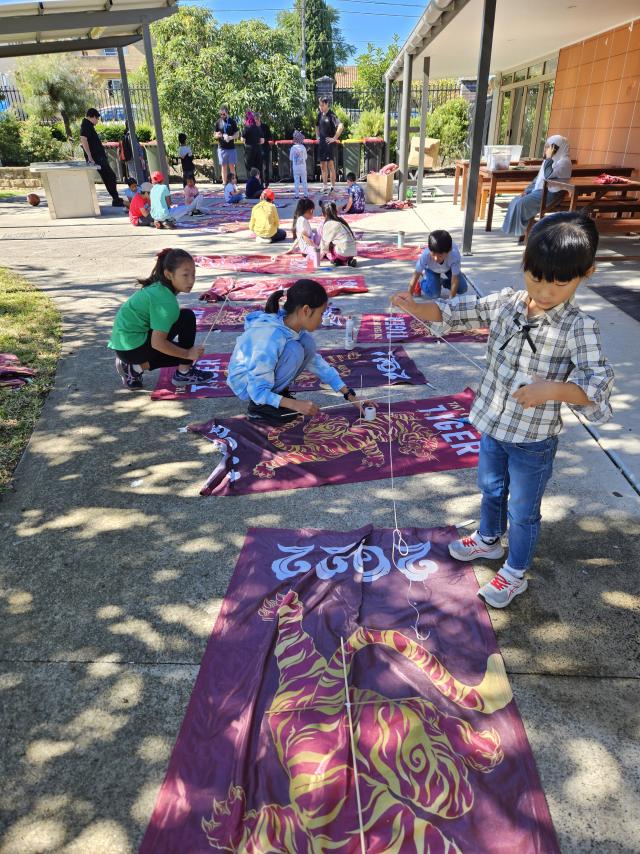With a population of just 11,000 people, fields of lush sugar cane and borders with the Great Barrier Reef and Daintree rainforest, Douglas Shire is one of the prettiest Shires in Australia.
While the area is most famous for its international tourist destination Port Douglas, Council and the community have united to achieve some remarkable results in environmental sustainability.
Douglas Shire Council has developed a framework of planning initiatives and contacts that allows for joint partnerships to lead the way in sustainable practices.
The lead that Council has taken is being followed by residents, schools, industries and tourism operators who take pride in striving to keep the area as pristine as possible.
Cane farmers are revegetating waterways, phytoremediation is being used to rehabilitate a former landfill site, schools are winning awards for environmental programs and the tourism industry is dedicated to monitoring the reef and protecting the natural beauty of the entire region.
This proactive attitude is prevalent in other areas of life in Douglas Shire, where a modern, active community unites for greater causes and always strives for a better future.
Planning award for addressing future concerns
Douglas Shire Council’s planning trilogy was an Overall Winner of the Planning Institute of Australia (Queensland Division) Awards for Excellence in Planning 2006.
The trilogy of planning instruments comprises:
- a Draft Planning Scheme
and a temporary Local
Planning Instrument - an Alternative Planning
Strategy for the Daintree
Lowlands and a buy back
program - the final Douglas Shire
Planning Scheme, which
incorporates the Alternative
Planning Strategy.
The judges agreed that this trilogy of hard fought initiatives reflect excellence in achieving environmental outcomes that are of international significance, but which seriously attend to local concerns and overwhelming desires. The trilogy also makes creative, appropriate and courageous use of legislative instruments to maximum effect.
Leading Australia in site restoration
A six year project to restore a former Douglas Shire Council sanitary depot landfill site is about to be completed. The old sanitary depot site was closed in June 2001 and Council is now in the final stages of remediation, using plants to prevent the possibility of groundwater contamination.
Site investigations during the last six years have confirmed that using plants to restore the site, or phytointerception, would be a cost effective and successful alternative to the traditional clay cap.
Phytoremediation has been used and proven extensively in other countries and is currently being field tested in Australian conditions under a national program, Australian Alternative Cover Assessment Program.
This program supports the use of plants as an interceptor of rain and surface water from entering closed landfill sites, instead of sealing using clay caps.
The phytoinception scheme adopted at the former sanitary depot is an extension of this program and will use about 900 plants to intercept and treat both ground and surface water.
Using plants to treat both the water sources is a first in Australia. The planting of the water loving trees is expected to be completed by March this year.
Ultraclean water is plentiful
While many areas are still waiting for the drought to break, Douglas Shire Council can boast an unrestricted supply of the cleanest water in the world.
With its water source in the remote reaches of the Daintree rainforest, Council recently completed installation of ultrafiltration membranes and ultraviolet disinfection systems in its three water treatment plants. The result is the purest water in the world, which is exactly what residents wanted.
The Shire’s raw water supply is sourced directly from surface water flows within the World Heritage rainforest. As a result, the raw water contains very few contaminants, which may be expected in developed areas containing industrial and commercial activities.
When Council realised it had to upgrade facilities, it went to residents and presented ten water treatment options. Following extensive community consultation regarding the desired treatment system and associated cost, it was determined that 55 per cent of ratepayers wanted the chemical free filtration system – the most expensive option.
The treatment system was the Koch Ultrafiltration Membrane System, with disinfection provided by a Hanovia Ultraviolet Disinfection System. Koch ultrafiltration hollow fibre membranes are supplied in individual cartridges, with multiple cartridges installed on a stage. A system is comprised of one or more stages operating in parallel.
The Mossman/Port Douglas treatment plant is the largest of the three plants in the Shire, operating five stages of 52 cartridges and capable of producing 30 megalitres of treated water per day.
Future care for the aged in Mossman
When the Douglas Shire community began lobbying for an aged care facility in the area, Council responded by purchasing a strategically located ten acre block of land located beside Douglas Shire Multipurpose Health Service. This forward thinking paid off in December 2007, when a new joint venture was signed between Council, Cairns based builders the CEC Group; and Victorian based service providers Vitality Care.
To be known as the Kubirri Aged Care Facility, there is already high demand for the facility and strong support for the project within the community.
Kubirri Aged Care Facility is a significant project for Far North Queensland and will produce a modern aged care campus, which justifies and rewards the patience and confidence that the Mossman District Nursing Home Committee and Douglas Shire Council have shown over the past 14 years.








